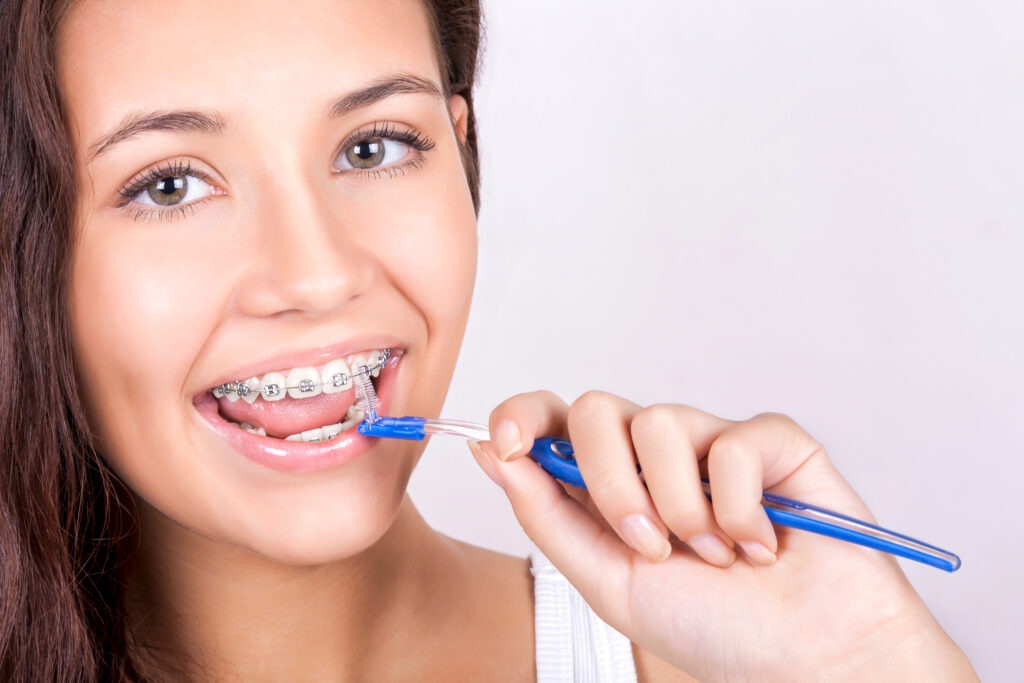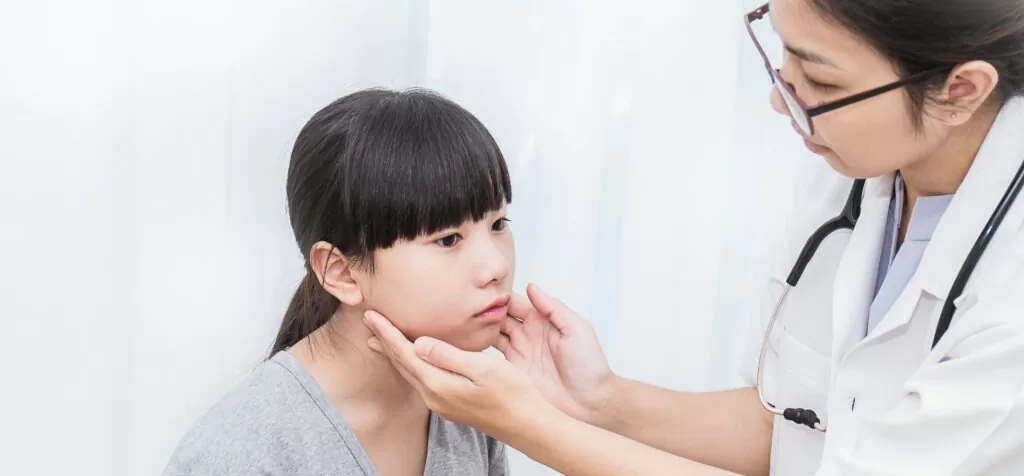
How’s your posture? Maybe you were one of those kids who walked around with a book on their head as a child to improve your posture, or maybe you’ve got naturally good posture. But for some people, conditions like scoliosis, “tech neck” (where you are constantly hunched over your phone or electronic device), and even temporomandibular joint dysfunction can cause poor posture, not to mention pain and pressure on your neck, spine, and even your jaw.
Temporomandibular joint dysfunction is a common culprit when it comes to poor posture. It seems a little strange, right? After all, the temporomandibular joint is in your jaw, not your back. But believe it or not, the temporomandibular joint dysfunction can cause a lot of pain and poor posture due to the pressure it puts on your head and neck.
In fact, temporomandibular joint dysfunction can even be caused by poor posture from tech neck and not standing straight enough. But what is temporomandibular joint dysfunction, and how do you treat it?
Temporomandibular joint dysfunction is a condition where the temporomandibular joint of the jaw becomes disconnected from the socket, causing pain and swelling. Called temporomandibular joint dysfunction, the temporomandibular joint controls how we open and close our mouth. As you might imagine, when the jaw becomes disconnected from the joint, it can make opening and closing your mouth a challenge. It can also cause difficulty breathing, speaking, and chewing.
Worse yet, temporomandibular joint dysfunction can cause painful issues throughout the body, including tinnitus (ringing of the ears), migraine headaches, neck and back aches, and grinding of the teeth.
Thankfully there are treatment options available for temporomandibular joint dysfunction and the myriad problems it can cause throughout the body.
First, you may be recommended for physical therapy. This can be helpful in not just loosening the jaw and alleviating jaw pain, it can also help improve your posture and help alleviate any pain caused by poor posture.
Next, Dr. Abelar could recommend other intervention such as orthodontics, orthotic devices, or massage and compresses to help with the pain. You’ll likely find that as your pain lessens or subsides entirely that your posture is able to improve as well.
Don’t suffer needless with the painful effects of temporomandibular joint dysfunction. Contact Dr. Abelar’s office today for a consultation and get ‘back’ on the road to feeling better!






